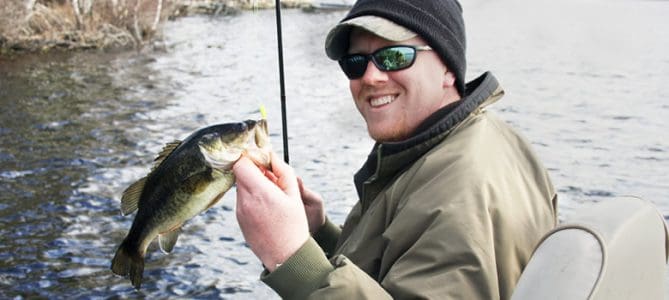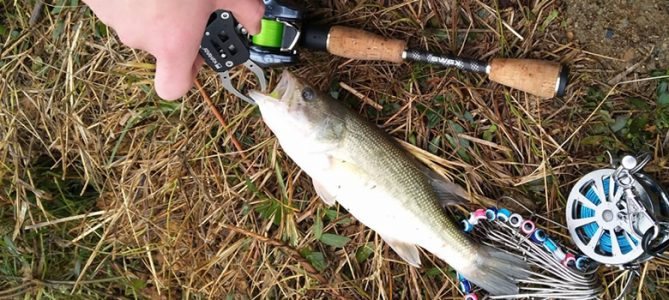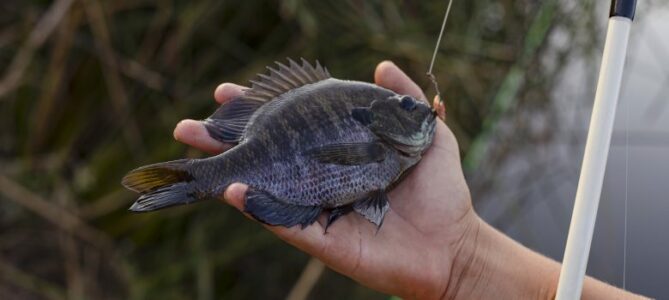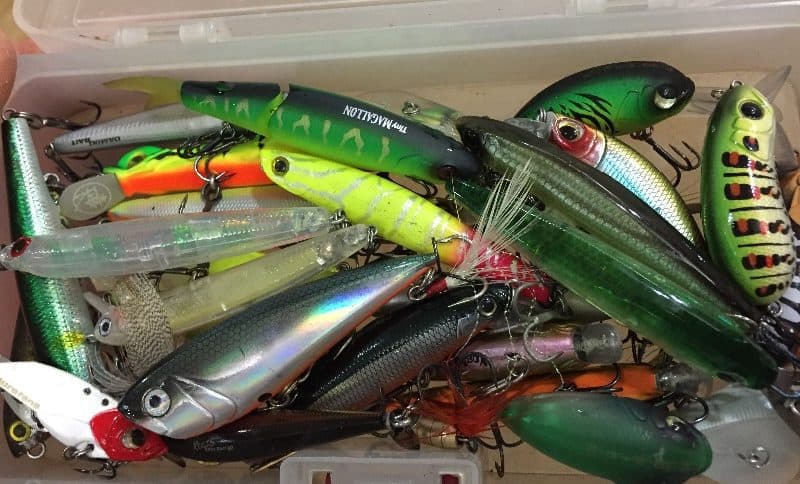If you buy via a link on this page, we may receive a commission, at no extra cost to you.Learn more
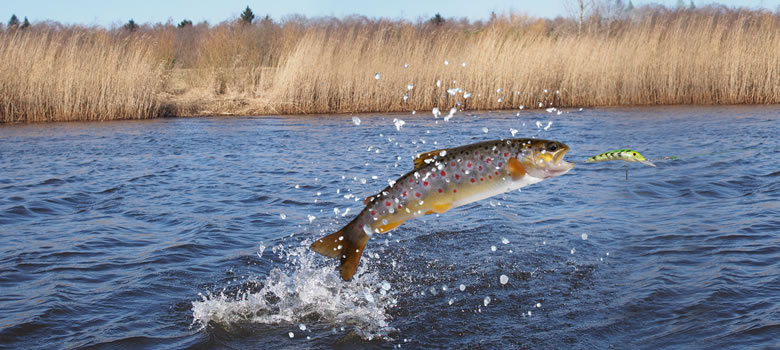
One growing concern around river and lake fish is whether or not they are good to eat. Heavy metal and other pollutants are present, to some degree, in most fresh bodies of water.
Many people have come to us asking the following question: Are lake trout good to eat? In short. Yes. Lake Trout is safe to eat on most occasions.
However, there are some precautions that you should take. After all, not all lakes are the same. But don’t worry. We will discuss all these and many other things in today’s piece.
Let’s get down to it.
Which Are the Risks of Eating Trout?
Trout, like most other freshwater fishes, contain some mercury, a heavy metal that accumulates within the organs and meat of the fish. So, once you eat the fish, all the mercury will be assimilated by your body.
Nevertheless, according to the CDC, your body will purge most of the mercury it absorbs. But the process takes its time. That’s why you should take a look at official local guidelines on fish consumption. But rest assured, there should be no problem if you are an occasional trout consumer.
Are Lake Trout Safe to Eat?
While some studies show that trout are tainted with mercury, they are still safe to eat. Besides, they offer omega-3 and fatty acids. In addition, trout are a great source of protein while being a low-calorie food.
In other words, the health benefits offset the cons of mercury intake. In the end, most fishes accumulate mercury to some degree. And, as we said before, your body naturally purges the substance over time.
On the other hand, the FDA showcases freshwater trout as one of the species with very low mercury contamination levels.
How Trout Get Contaminated with Mercury?
Mercury finds its way to lakes and rivers thanks to natural events, like a volcano eruption, or human activities, such as burning coal.
Once mercury is in the water, it gets assimilated by algae and bacteria. Then, something known as biomagnification occurs. In a nutshell, this means that the mercury concentration will increase after each prey-to-predator transfer.
Take the following example. A school of panfish starts eating contaminated algae. Then a trout feasts on the school of tiny fish. As a result, said trout will get contaminated with the total mercury contained in the prey fish.
Sadly, trout can’t purge mercury as we do. Therefore, the contamination will only increase with time. To put it simply, the older the trout, the more mercury it contains. That’s why many wildlife agencies only recommend eating fish of a certain size.
What is Known About the Effects of Mercury?
Long-term mercury exposure will cause damage to the kidneys, digestive and nervous systems, as well as circulatory failure. Nothing good, as you can see.
Still, it is far more likely to get mercury poisoning from any other source rather than fish.
What Trout Size to Eat?
Like we said before, we do recommend checking the local guidelines just to be safe. But a general rule of thumb is that anything below 60 cm is safe to eat.
One word of warning. Pregnant women and little kids are more at risk. Therefore, their servings should be smaller. Again, check the local guideless for information.
How Big Are Lake Trout?
Most lake trout average size between 20 to 30 inches long. But some specimens could get as big as 50 inches and 80 pounds! You are in for a fight if you happen to hook one of these fat boys.
Can You Eat Trout Skin?
Some people think that eating fish skin is dangerous or unhealthy. However, this could not be farther from the truth.
Fish skin is as safe as the meat, provided you clean the scales first. Besides, fish skin is tasty if you know how to cook it right.
How Many Trout Species Are There?
Trout is a fairly common fish found in freshwater lakes. There are over 14 known species, all of which we listed below:
- Rainbow
- Cutthroat
- Golden
- Brown
- Lake Trout
- Brook
- Dolly Varden
- Bull
- Tiger Trout
- Splake
- Palomino
- Gila Trout
- Apache
- Marble
Yes, there is a trout species called cutthroat. It has nothing to do with a mafia or mob thing. It gets its name from the red coloration around the lower jaw.
Among the fishes listed here, Rainbow trout is, by far, the most common in North America.
What is The Best Trout to Eat?
You might wonder, with 14 different trout species, which one is the tastiest?
It all comes down to your personal preference. But in our opinion, rainbow trout has a unique taste that sets it apart from all the other species. Thankfully, this is one of the most common species as well. So you won’t have to fish too long before tasting its delicious flesh.
How To Catch Lake Trout
Lake trout are known for being active fishes. They move a lot while in the water. Therefore, it is important to offer something that will catch their attention. For example, if you are using bait, we recommend going for worms or grasshoppers.
Alternatively, you can use small spoons, crankbaits, and spinnerbaits if you are used to artificial lures. Just make sure to use small sizes.
Make sure to check our in-depth guide on how to fish for trout. There you will have all the information to maximize your chances of catching trout.
While you are here, make sure to check our selection of the best trout fishing rods and lines to complete your setup.
Is Lake Trout Safe To Eat?
Although lake trout are contaminated with mercury, they don’t pose a threat to human life. Furthermore, according to the FDA and CDC, trout are among the fishes with less mercury contamination. So, we can conclude that they are safe to eat.
Besides, the tour offers a comprehensive package of health benefits that offset the cons of being contaminated. Plus, your own body purges the mercury on its own over time.
However, we do recommend checking the local guideless, as each lake or river is different. For example, some lakes could have a warning against eating any fish within their waters. Make sure to pay special attention to kids and pregnant women. Safety first!

